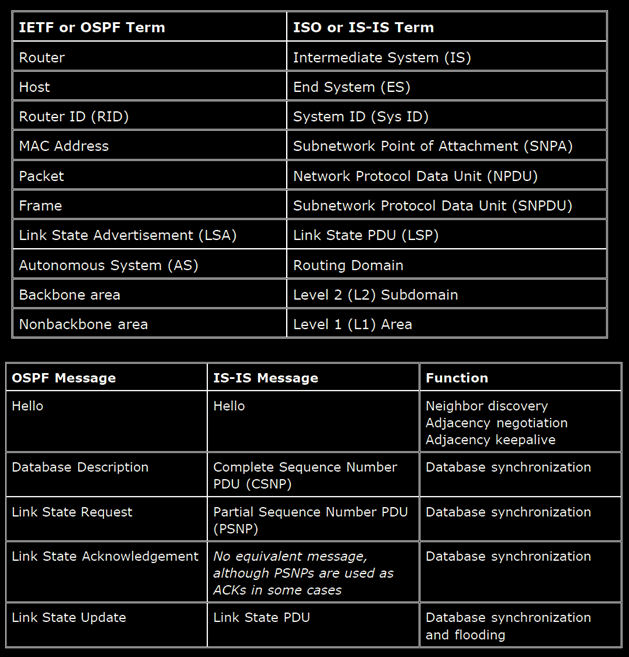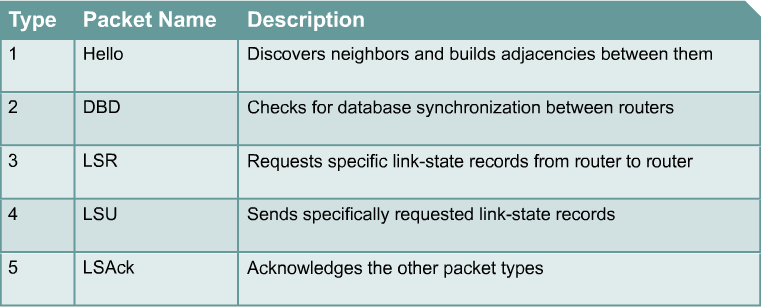OSPF Message Types:
[boxads] There are several types of message are passes through OSPF network for communication each other. that OSPF Message Types are given bellow:
1. Hello : These messages are used to establish neighbor ship and serve as keepalives among other things. They are also used to elect the Designated Router (DR) and Backup Designated Router (BDR) on multiaccess networks (like Ethernet or Frame Relay).
Sent on 224.0.0.5 and 224.0.0.6
Contains the following in the packet;
- RID of interface
- Authentication
- Hello Dead Timers
- Area ID
- Nieghbor List (If not a nieghbor, sends more info)
- Designated Router IP
- Backup DR IP
- Priority of Interfaces
Hello interval: indicates how often it sends Hello packets. By default, OSPF routers send Hello packets every 10 seconds on multiaccess and point-to-point segments and every 30 seconds on non-broadcast multiaccess (NBMA) segments (like Frame Relay, X.25, ATM).
[adsense]
Dead interval: number of seconds this router should wait between receiving hello packets from a neighbor before declaring the adjacency to that neighbor down.
2. Database Descriptor (DBD or DD) : These messages send summaries of a router’s known LSAs to a new neighbor. Receiving routers can use this information to compare to their database and ask for more details if needed.
- Destination: Unicast IP of the new neighbor
- Important Fields: LSA header
3. Link State Request (LSR) : Once a router has received a DBD, it Pokies parses through the info in it to see if the message is either more up-to-date or if it has some new info in it (like a new network). If the router needs an update, it asks for the full LSA through an LSR.
- Destination: Unicast IP of the router that sent the DBD
- Important Fields:
LSA type
LSA requeste
4. Link State Update (LSU) : When a router receives an LSR, it responds with an LSU that contains the details information for the requested LSA. It also sends an unsolicited LSU whenever it learns of new LSAs such as when you turn up a new interface
- Destination: Unicast IP of the requesting router, 224.0.0.5, or 224.0.0.6 depending on who’s updating whom
- Important Fields:
LS age
LS sequence number
Full LSA
5. Link State Acknowledgement (LSAck) : If a router receives an LSU, it responds with an LSAck to acknowledge it was received.
- Destination: 224.0.0.5
- Important Fields:
LS sequence number



